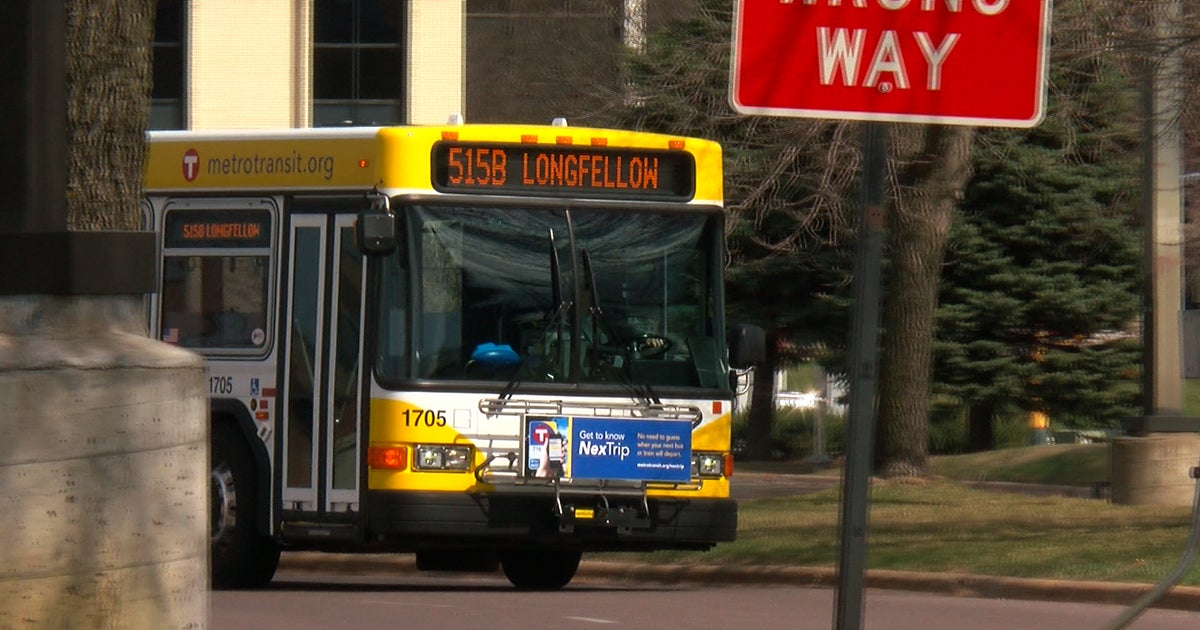

Franklin Avenue is rich with options of flavors. Power of Vision: Mural on the Ave at 1035 Franklin Avenue East | Credit: Jaida Grey Eagle Sweet Corn Pancakes and Coffee SpotsĪs we explore the public art and tour the area, we may want to sample the various foods found here. Every detail in this epic mural is worth exploring for a better understanding of the many aspects this cultural district has to offer. Sunflowers are able to remove heavy metals from soil and can be seen throughout the area. The sunflowers painted within the mural also intentionally honor the sunflowers planted by community members throughout Franklin Avenue. There are many details within the mural, but one to note is the reference to the “Wall of Forgotten Natives” in the far right corner that reflects tipis, the traditional home and shelters of Dakota people and speaks to the ideas of home and place. The incredibly detailed and thoughtful mural, located on 1035 East Franklin Avenue, is a 4,000 square-foot piece created through various listening sessions that reflected community members’ voices of what they’d like to see represented for the Phillips neighborhood as a whole. Many factors have led to the homeless encampments throughout the city, but Angela Two Stars, a member of the Sissteon Wahpeton Tribe and director of the All My Relations Art Gallery, says she hopes that this installation will help to promote solutions and optimism.Īnother example of public art we can experience during a tour of this district was beautifully created in 2019 by the Minneapolis Institute of Art in partnership with Hope Community and Project for Pride in Living, along with a cohort of 10 artists. This corridor once was the space of a large homeless encampment named “The Wall of Forgotten Natives” in 2018.


These panels will be installed along Franklin and Hiawatha avenues addressing the issue of homelessness among Indigenous folks that began with the forced removal of Native Americans due to Western expansion. To that end, I recently have been following along with a local Anishinabe artist named Courtney Cochran who has been running community workshops partnering with the Minnesota Department of Transportation and the Native American Community Development Institute to paint panels that will eventually spell out “Never Homeless Before 1492,” in reference to Indigenous folks' lives before colonization. So often within the Indigenous community, art is used as a way to digest and process the world around us. LaBlanc ended our tour with the reading of a poem, using art as his response to the real history of real people. Although I grew up in the Twin Cities and had some previous background, I learned so much on this tour of the intricacies of what happened here and what continues to happen. AIM started in Minneapolis in 1968 and offered neighborhood patrols in response to police brutality experienced by Indigenous folks. LeBlanc shares the origins of the American Indian Movement (AIM) and his own involvement with Franklin Avenue. Mural at All My Relations Gallery | Credit: Jaida Grey Eagle The group tour, which can be booked by calling 65 or visiting, begins at the Pow Wow Grounds Coffee Shop located within the shared building of the Native American Community Development Institute and All My Relations Art Gallery. In 2018, as a Native American Journalism fellow, I took this tour offered by Tom LaBlanc, a member of the Sisseton Wahpeton Tribe. I, however, believe that there are so many opportunities available along Franklin Avenue for visitors and those who call Minnesota their home to learn about the rich culture of Indigenous people.įor a true background of the area, we need to start with an “Unholy Tour” of Franklin Avenue and the Indigenous history of the area. Twyla Baker, member of the Mandan-Hidatsa tribe, to describe the feeling some experience always having to catch everyone else up to speed on the history. There’s even the term “translation exhaustion,” coined by Dr. Many Indigenous folks speak about the lack of understanding of their history as it is so often left out of traditional public education. Ma'iingan Mashkiki Gitigaan (Wolf Medicine Garden) | Credit: Jaida Grey Eagle History Tour Spend a day or two here and we will discover this rich history and sample all the area has to offer. It is apparent that you are on Native land along Franklin Avenue: There are the beautiful murals painted by various community members throughout the street, as well as artwork on the electric boxes honoring the cultural legacies of the Indigenous folks that still live here. The Dakota people are the original stewards of the land that Minneapolis now stands upon, including the Franklin Avenue East Cultural District.


 0 kommentar(er)
0 kommentar(er)
